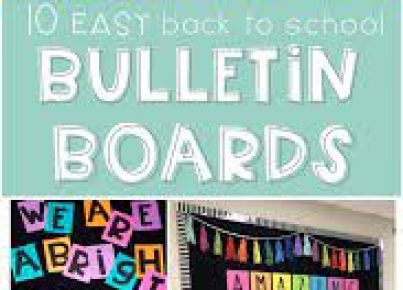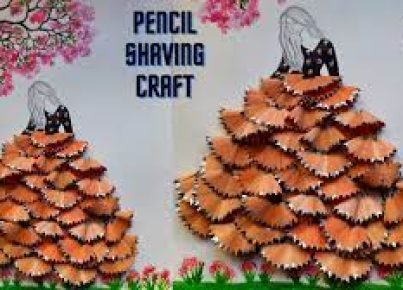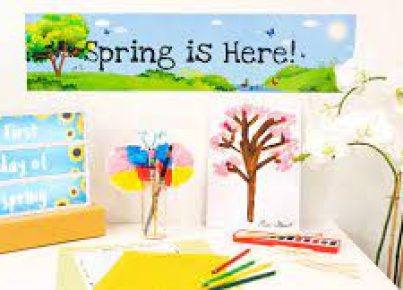Playdough, a classic childhood favorite, is not only fun but also an invaluable tool in the classroom. Its versatility allows students to engage in sensory experiences that enhance learning across various subjects. Here are 10 creative ways to use playdough in the classroom:
1.Fine Motor Skill Development: Rolling, squishing, and sculpting with playdough strengthens hand muscles and improves dexterity. These activities are particularly beneficial for young children developing their fine motor skills.
2.Letter and Number Formation: Children can practice forming letters and numbers with playdough. This hands-on method helps reinforce shape recognition and is especially helpful for visual and tactile learners.
3.Storytelling and Characters: Encourage students to create characters and settings with playdough and use them to tell a story. This fosters creativity, language development, and narrative skills.
4.Learning about Geology: Make playdough into different landforms, such as mountains, valleys, or volcanoes, to teach students about Earth’s geological features.
5.Science Experiments: Incorporate playdough in science experiments to demonstrate concepts such as magnetism by embedding small metal objects in the dough or showing how insulators work.
6.Math Concepts: Use playdough to illustrate math problems, like fractions or geometry. Have students make shapes of different sizes and use them to explore concepts like area and perimeter.
7.Art Therapy: Playdough can be used as a medium in art therapy sessions within the school setting, enabling children to express emotions non-verbally.
8.Cultural Studies: Shape playdough into cultural artifacts or symbols when studying different countries or communities as a way of deepening cultural understanding.
9.Language Acquisition for ELLs: Bilingual teachers can use playdough to help English Language Learners (ELLs) acquire new vocabulary by creating objects that represent words they are learning.
10.Stress Relief Tool: Just like stress balls, squeezing playdough can help students calm down and manage anxiety, providing a simple avenue for stress relief during test times or high-anxiety situations.
These ten playful strategies showcase how incorporating playdough into classroom activities can lead to educational yet entertaining experiences that cater to varied learning styles while supporting cognitive and emotional development.





